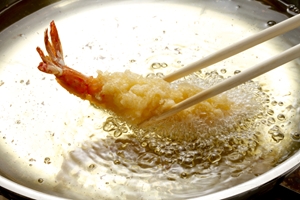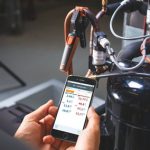Cooking oil plays a critical role in many kitchens across Australia and is used to prepare a wide range of deep-fried dishes, from the humble french fry to more complex items such as spring rolls and fritters.
However, the process of heating and deep-frying food in oil carries a number of risks. Cooking oils that may be otherwise safe for human consumption at room temperature can become very dangerous when raised beyond a certain temperature or when used excessively.
That’s why it is important to understand the science behind cooking oil, and to know how to properly measure the temperature and quality of oil to ensure it is safe for cooking.
When is cooking oil safe to cook in?
Any cooking oil used for deep-frying should be tested to ensure it has been heated to a safe but not excessive cooking point. This point will vary based on the type of oil that is being used, but generally is between 160 and 190 degrees Celsius.
In order to measure the temperature of cooking oil, it’s best to use a specialised digital thermometer. These thermometers are specifically designed to take an accurate reading of the oil quickly and precisely.
It’s also a good idea to test any oil that is being reused for deep-frying purposes with a cooking oil tester that can measure the Total Polar Material (TPM) of the oil.
TPM is used to measure the chemical deterioration of cooking oil, identifying the percentage of oil compounds that are more polar than the triacylglycerols of the fat. As cooking oil is reused, the TPM percentage of the oil will gradually increase.
With a cooking oil tester, you’ll be able to measure the TPM score over time. When this number exceeds 24 per cent, it indicates that it is time to discard the oil.
By ensuring that you are constantly using fresh, adequately heated oil for deep-frying, you’ll be able to deliver quality, safe food every time.









 Reduce cooking oil costs while ensuring quality
Reduce cooking oil costs while ensuring quality Expert knowledge on CO2 monitoring
Expert knowledge on CO2 monitoring Refrigeration knowledge - in 3 modules
Refrigeration knowledge - in 3 modules



